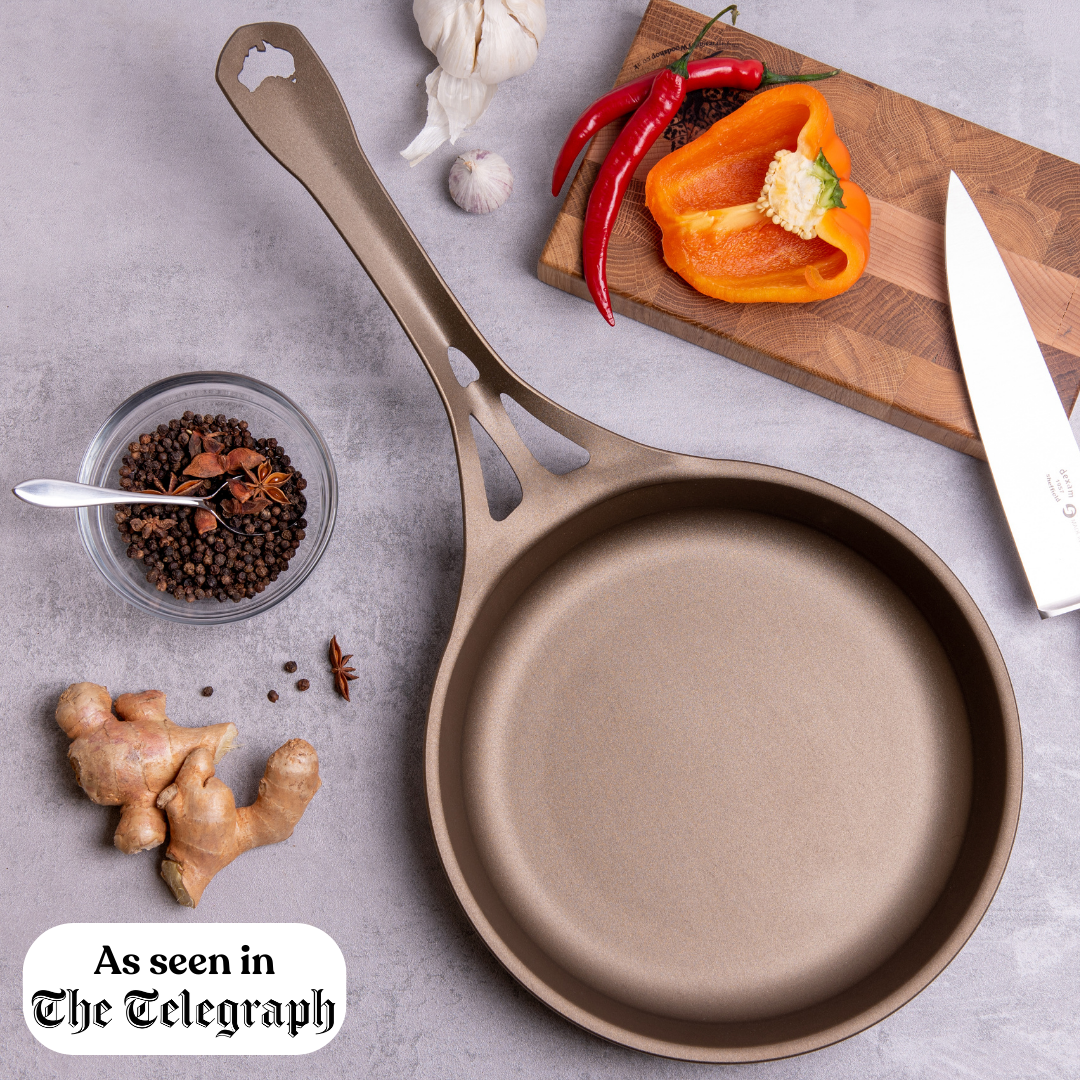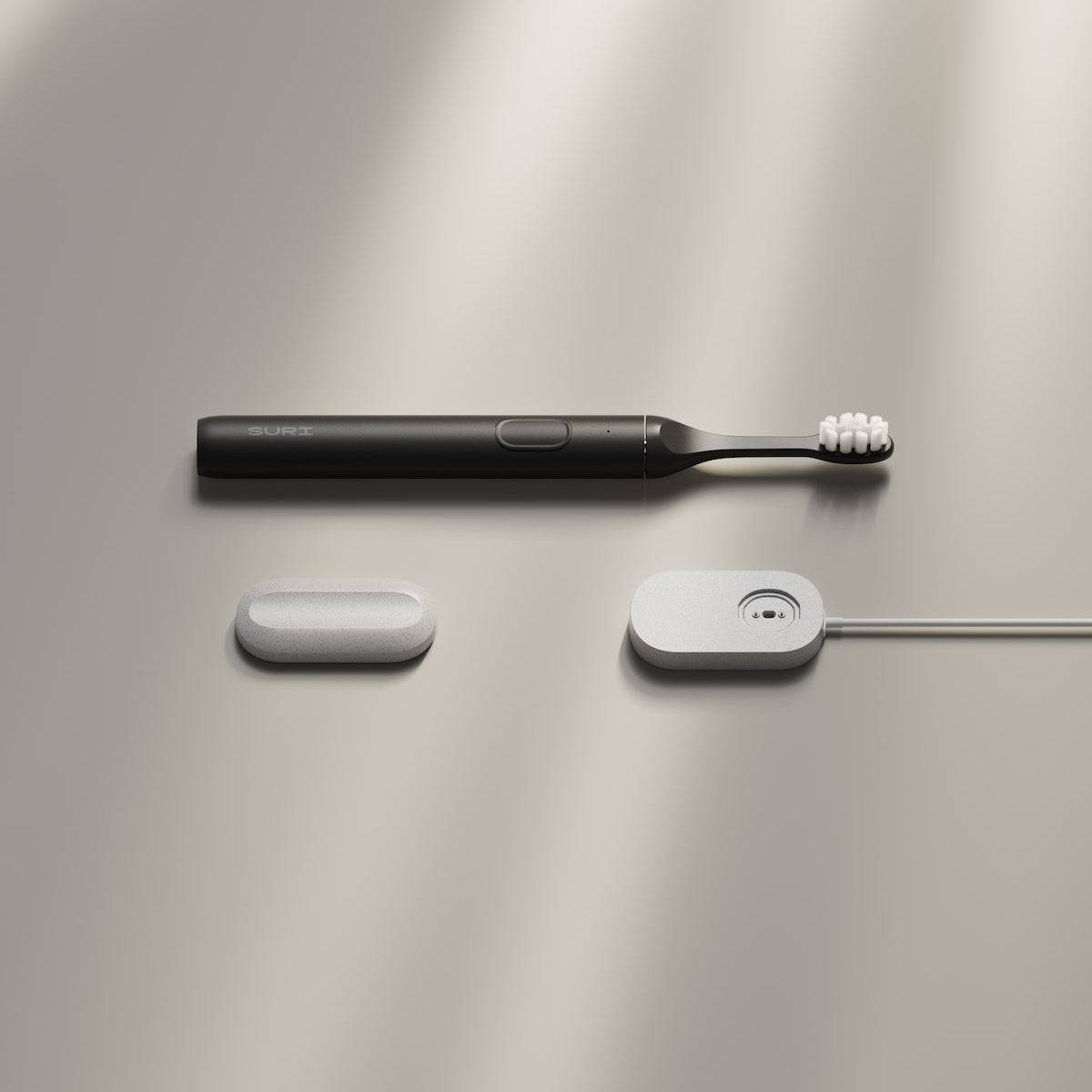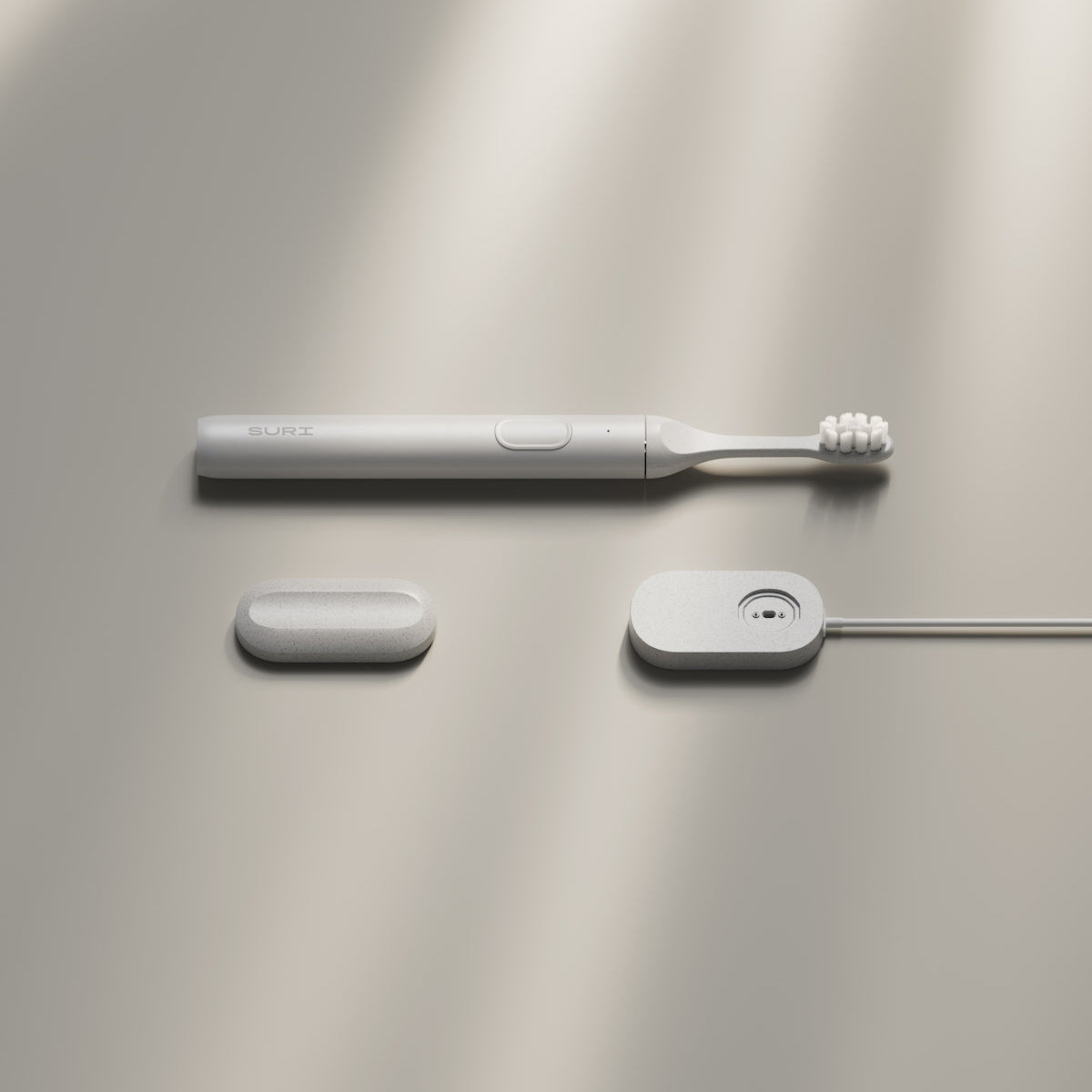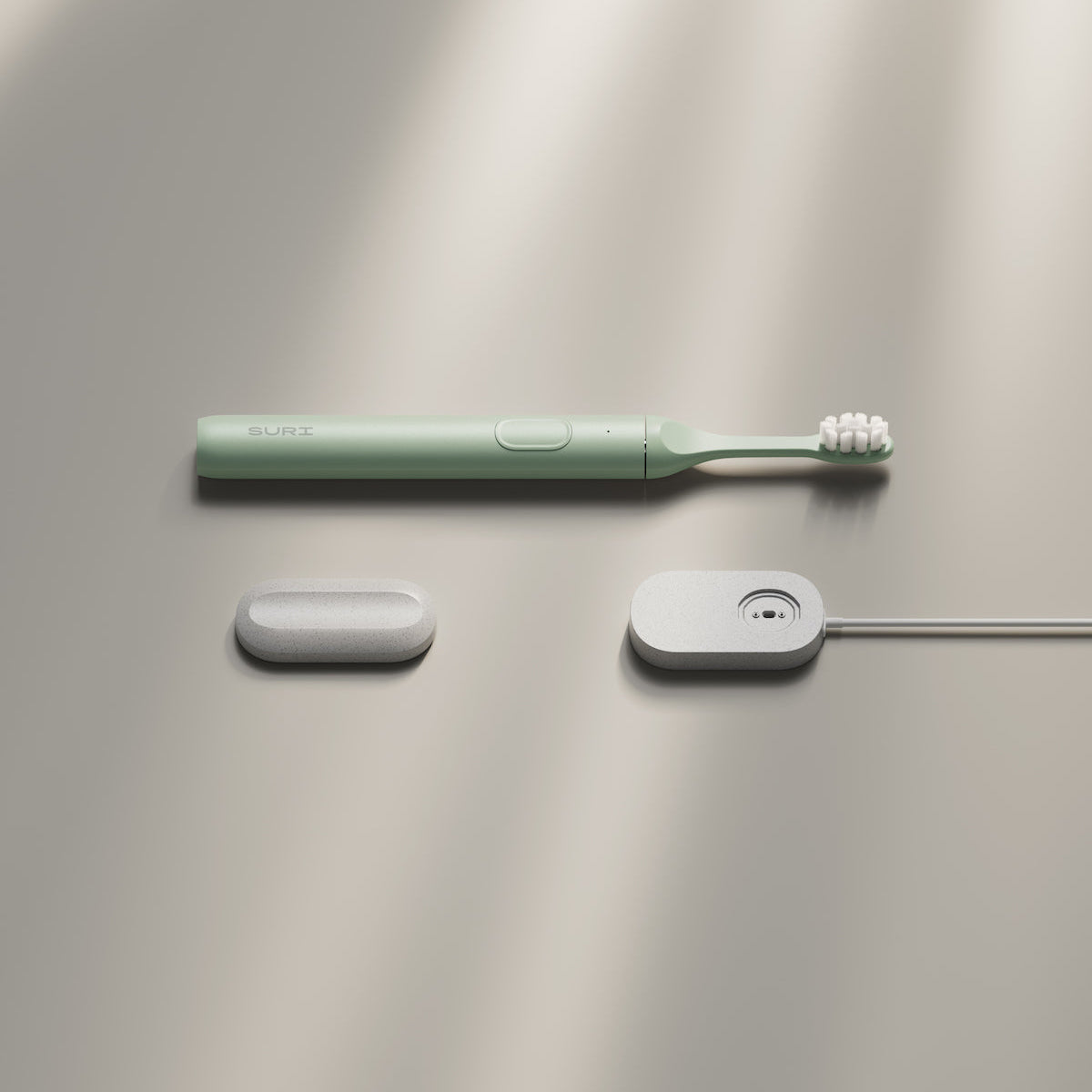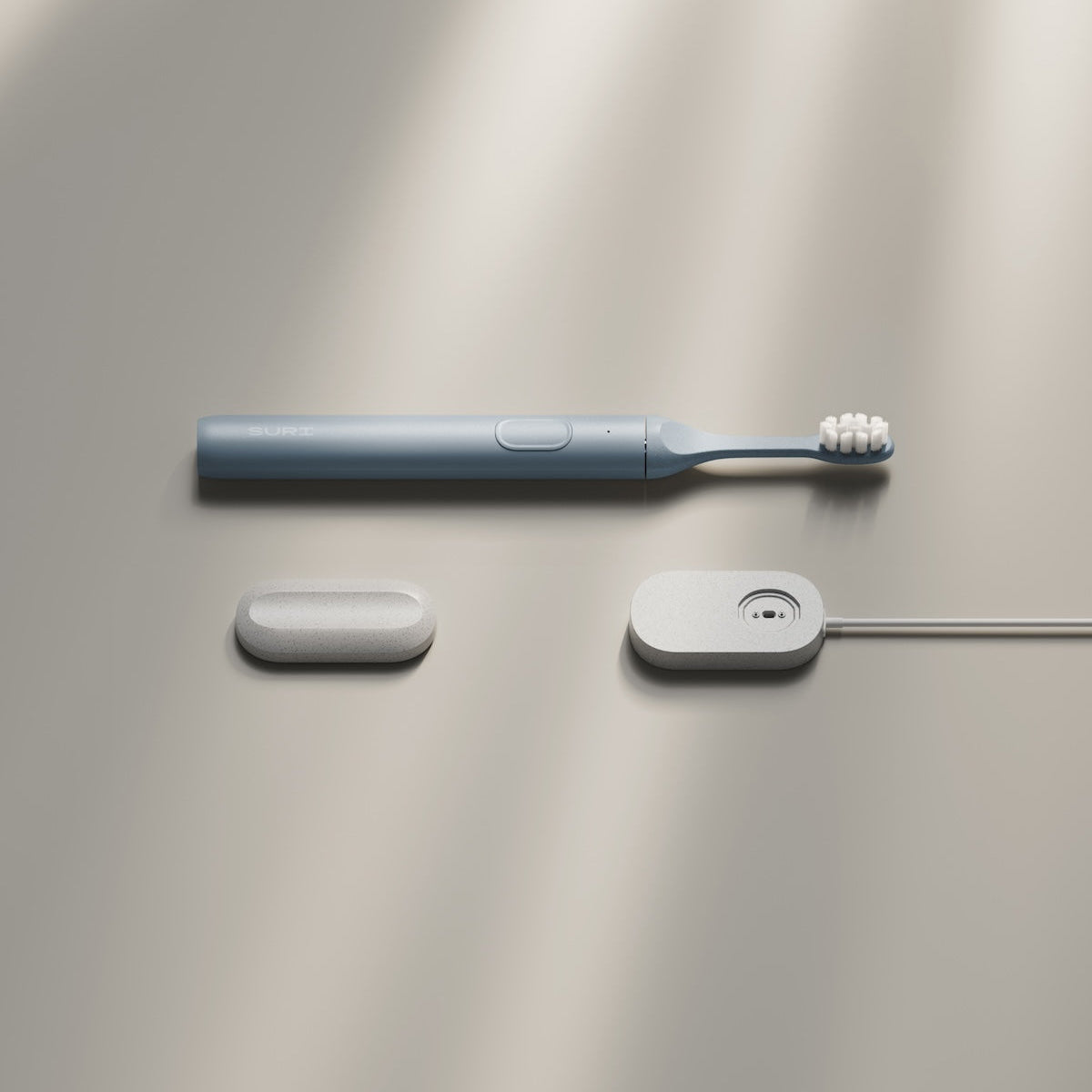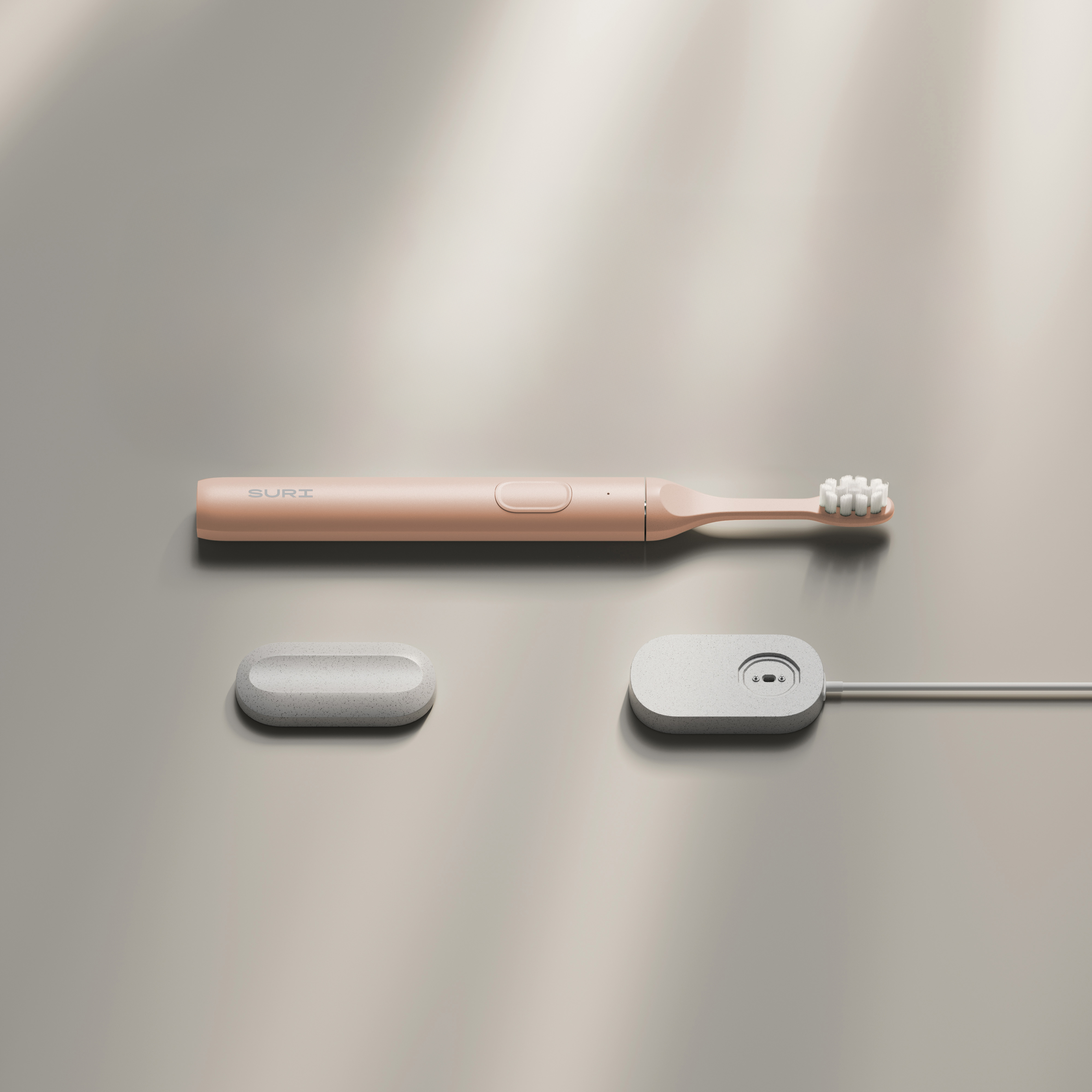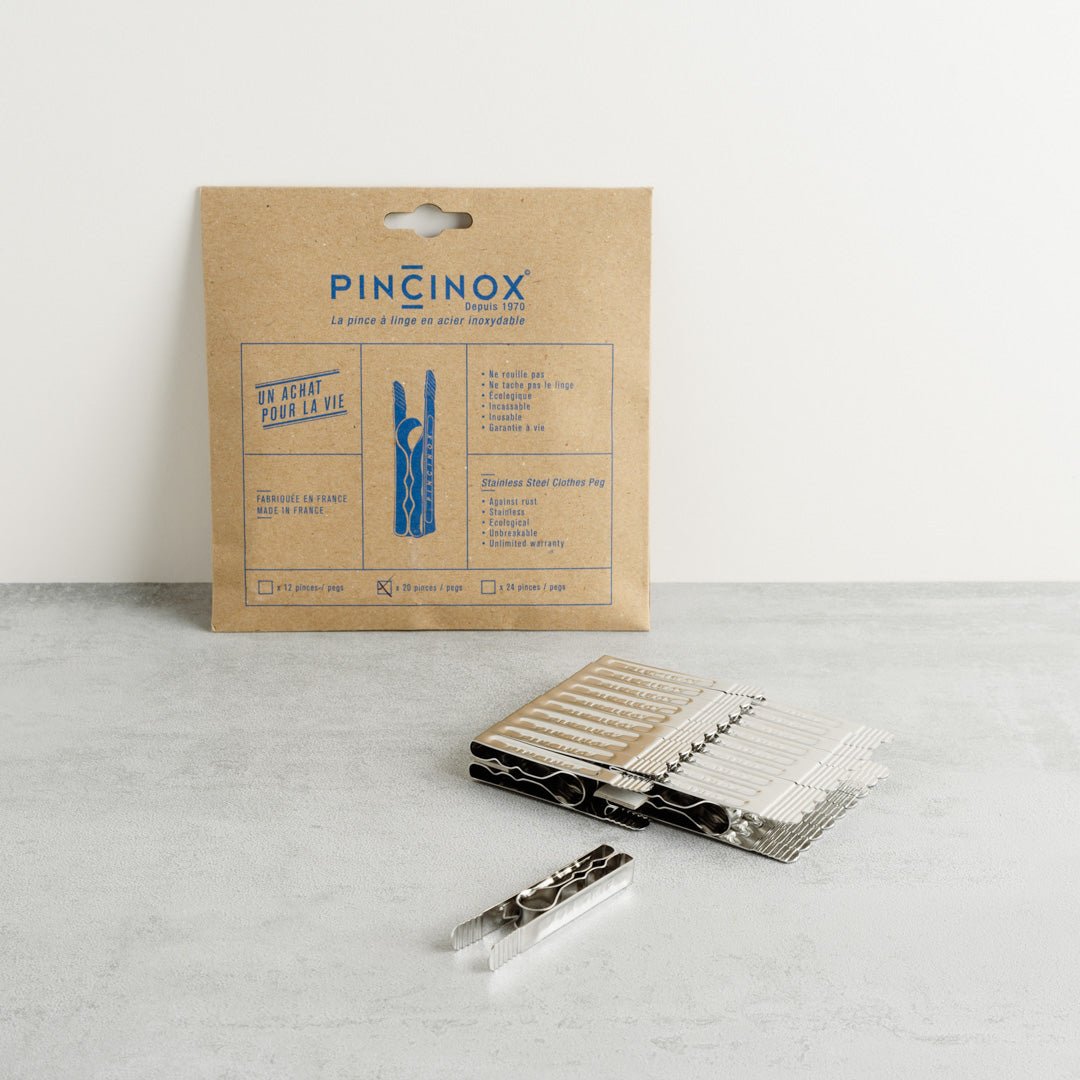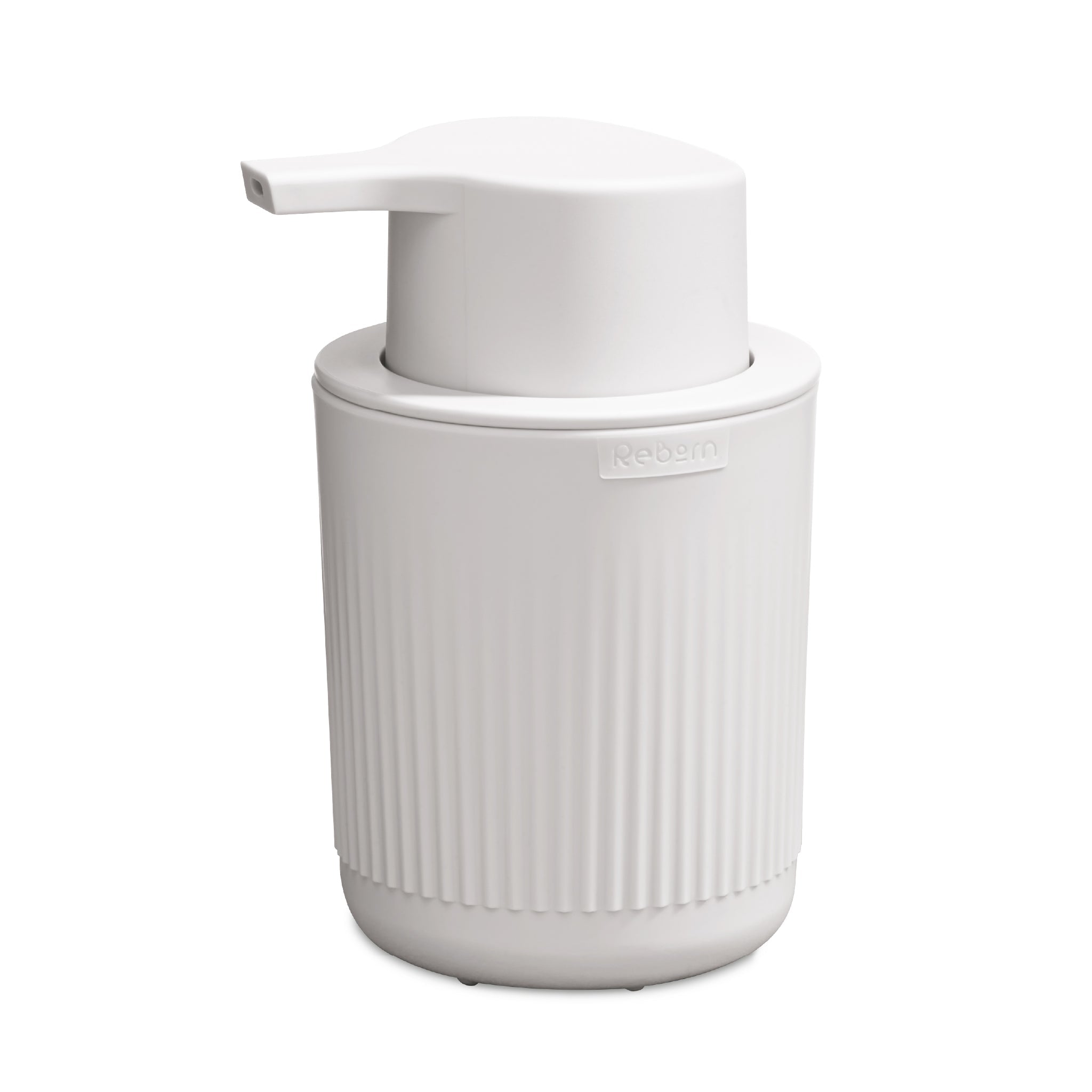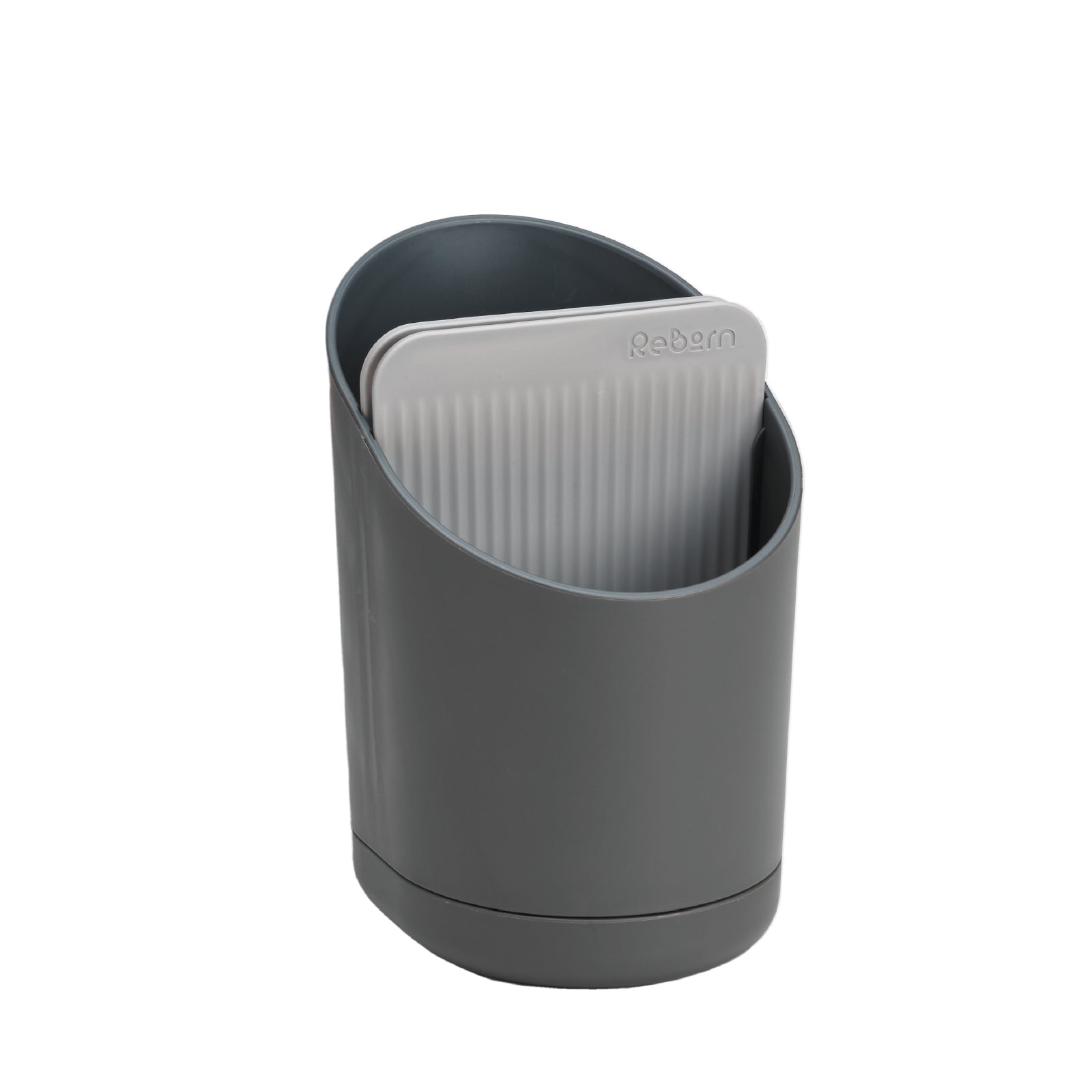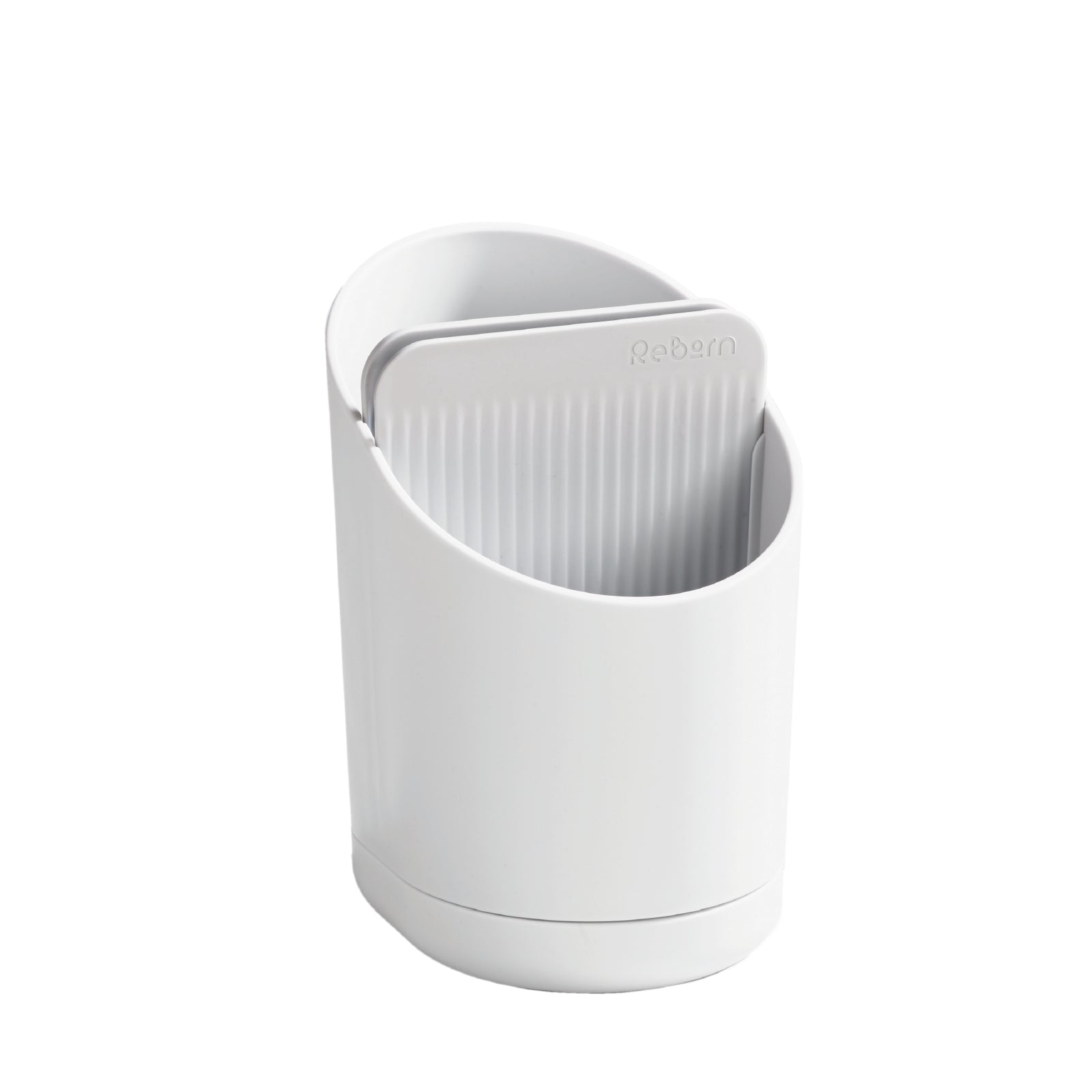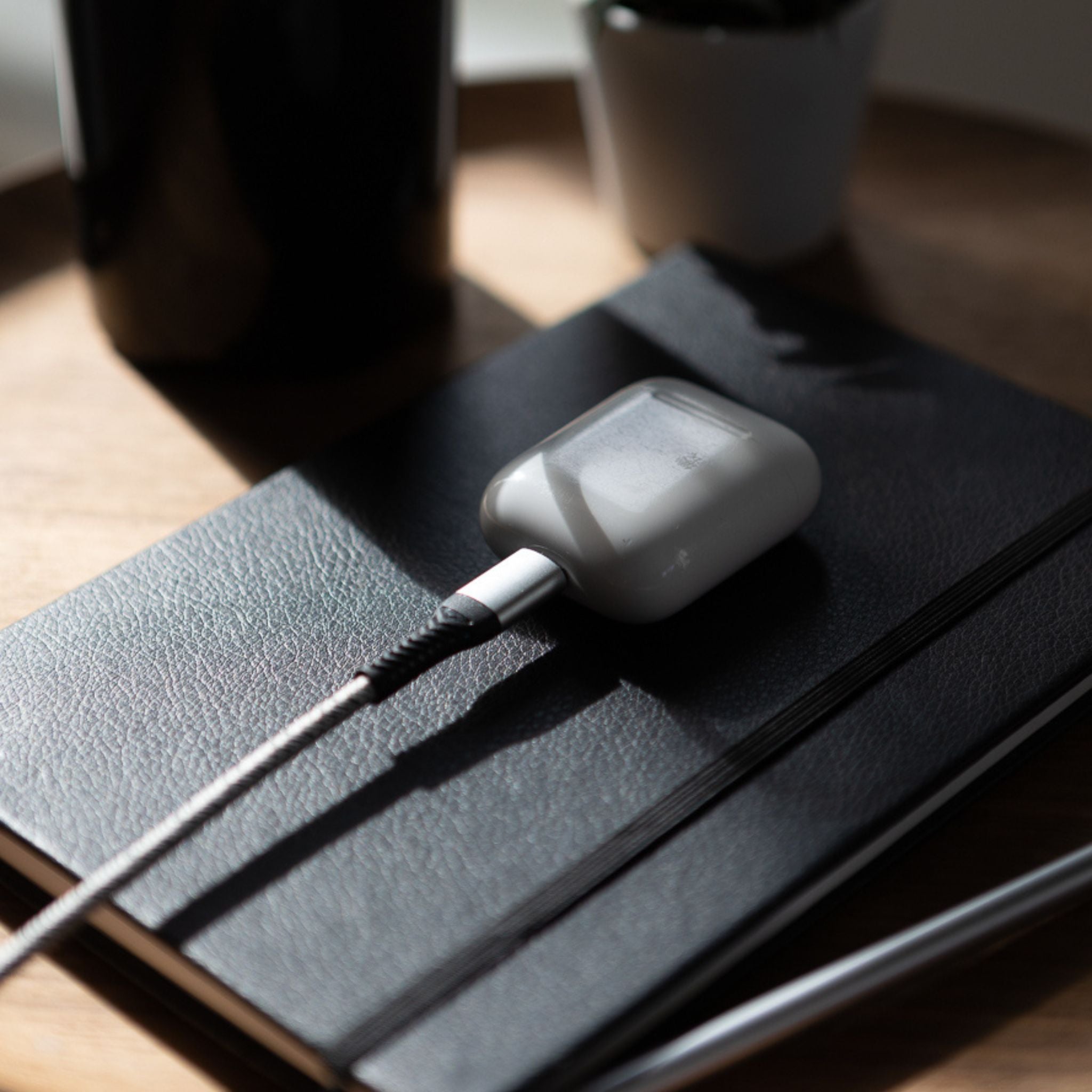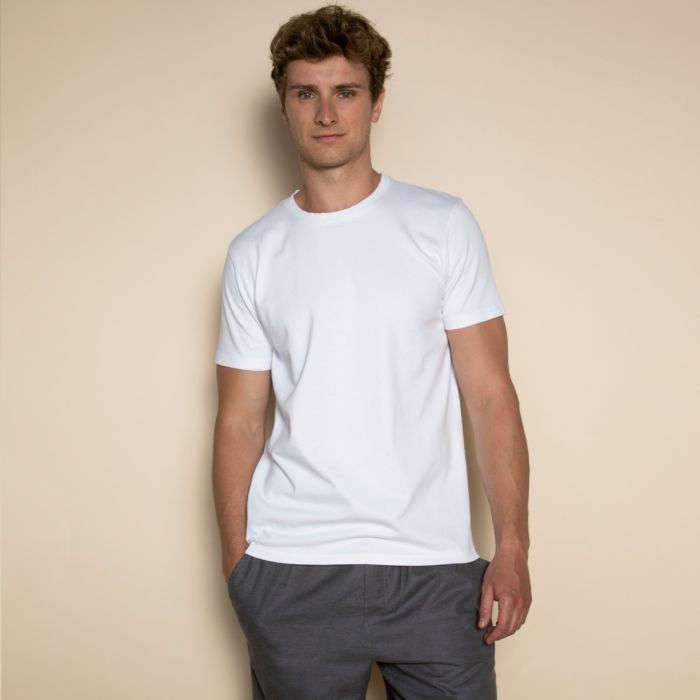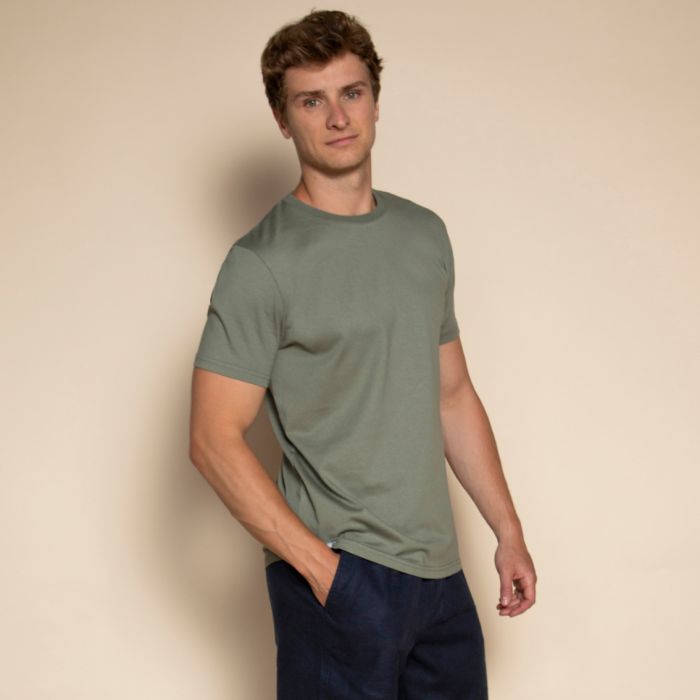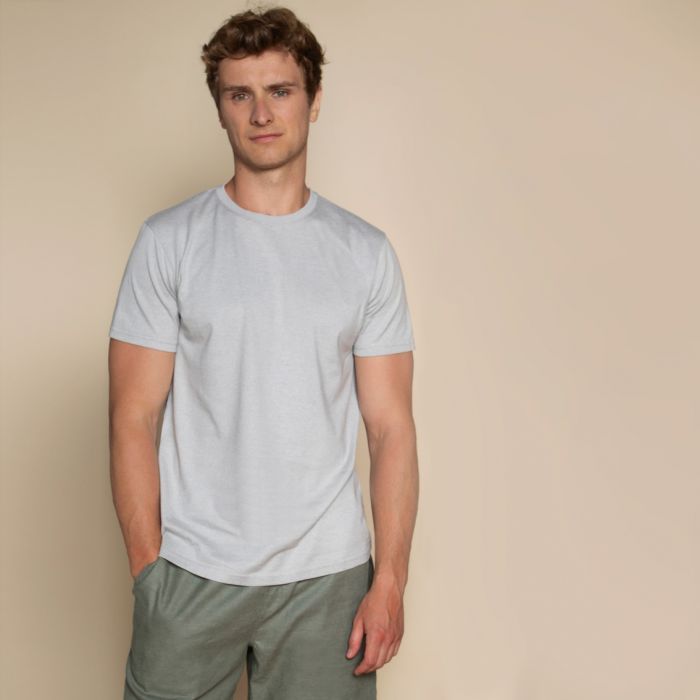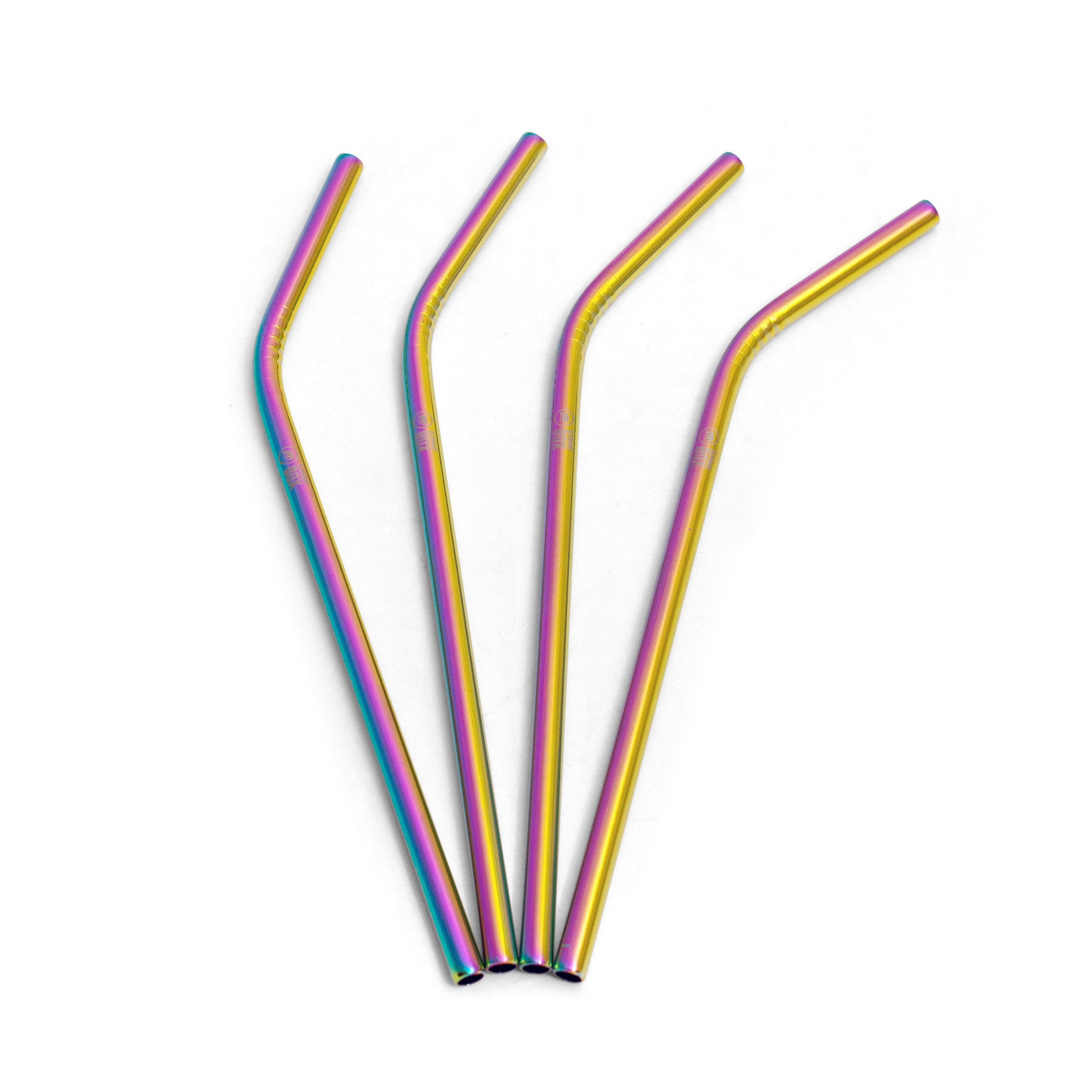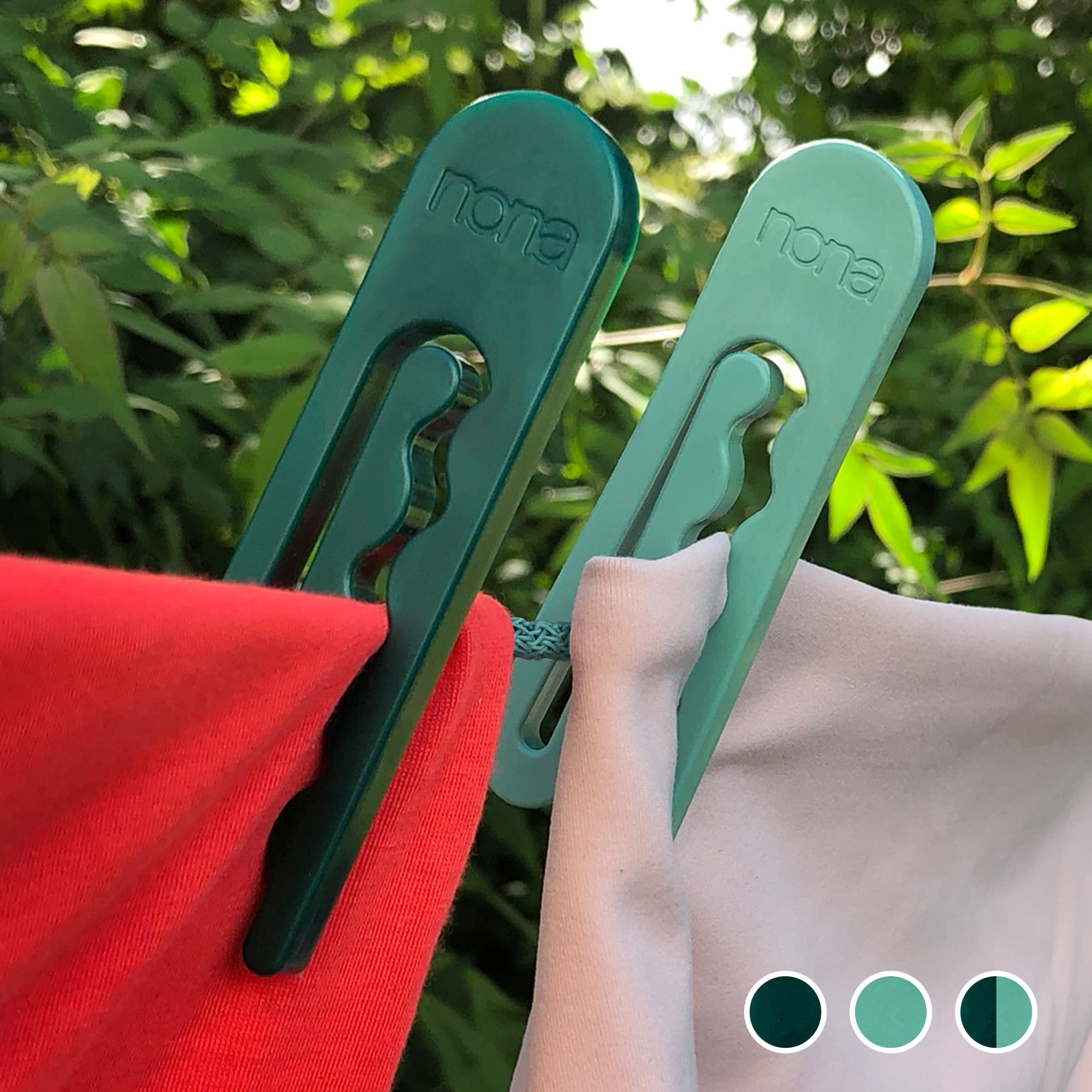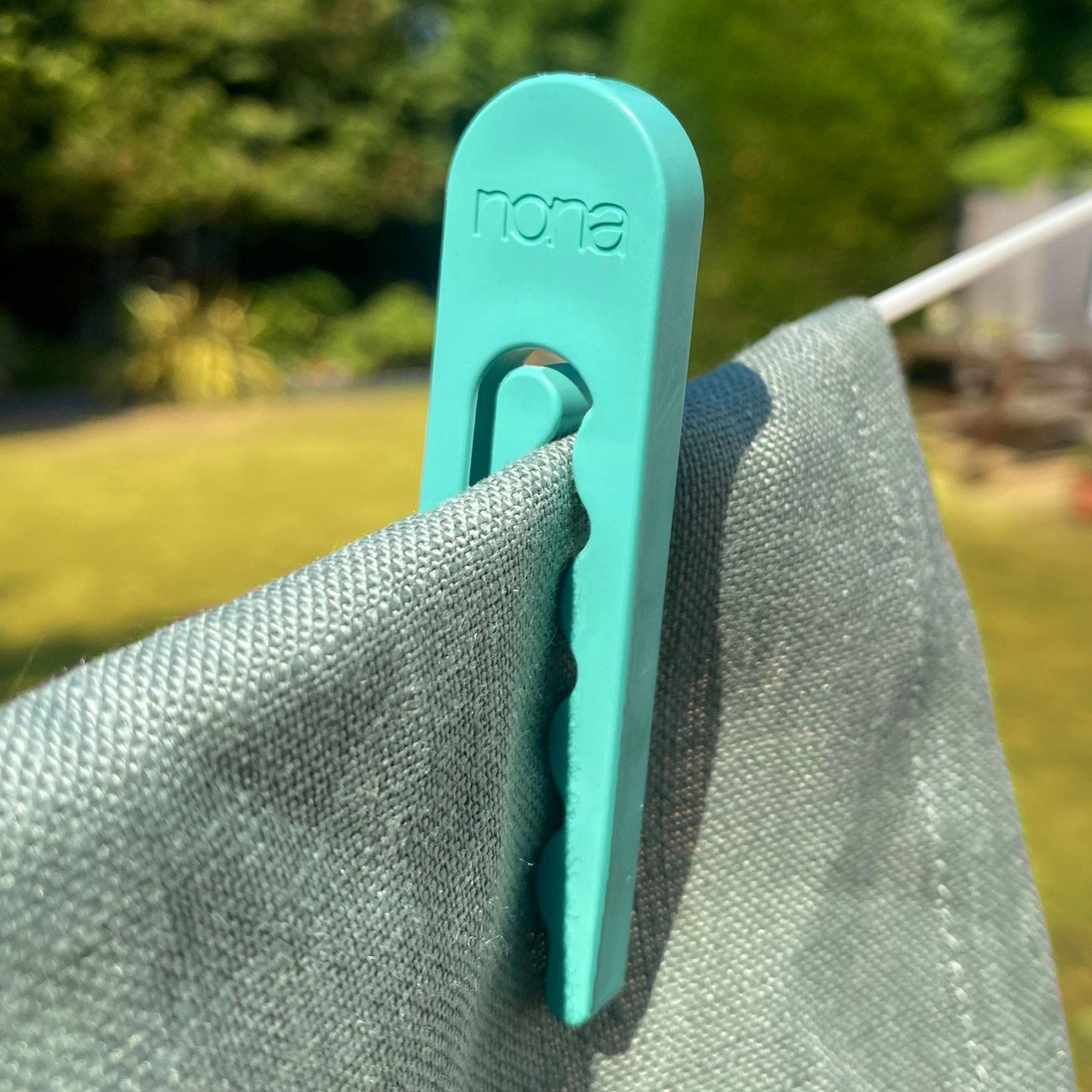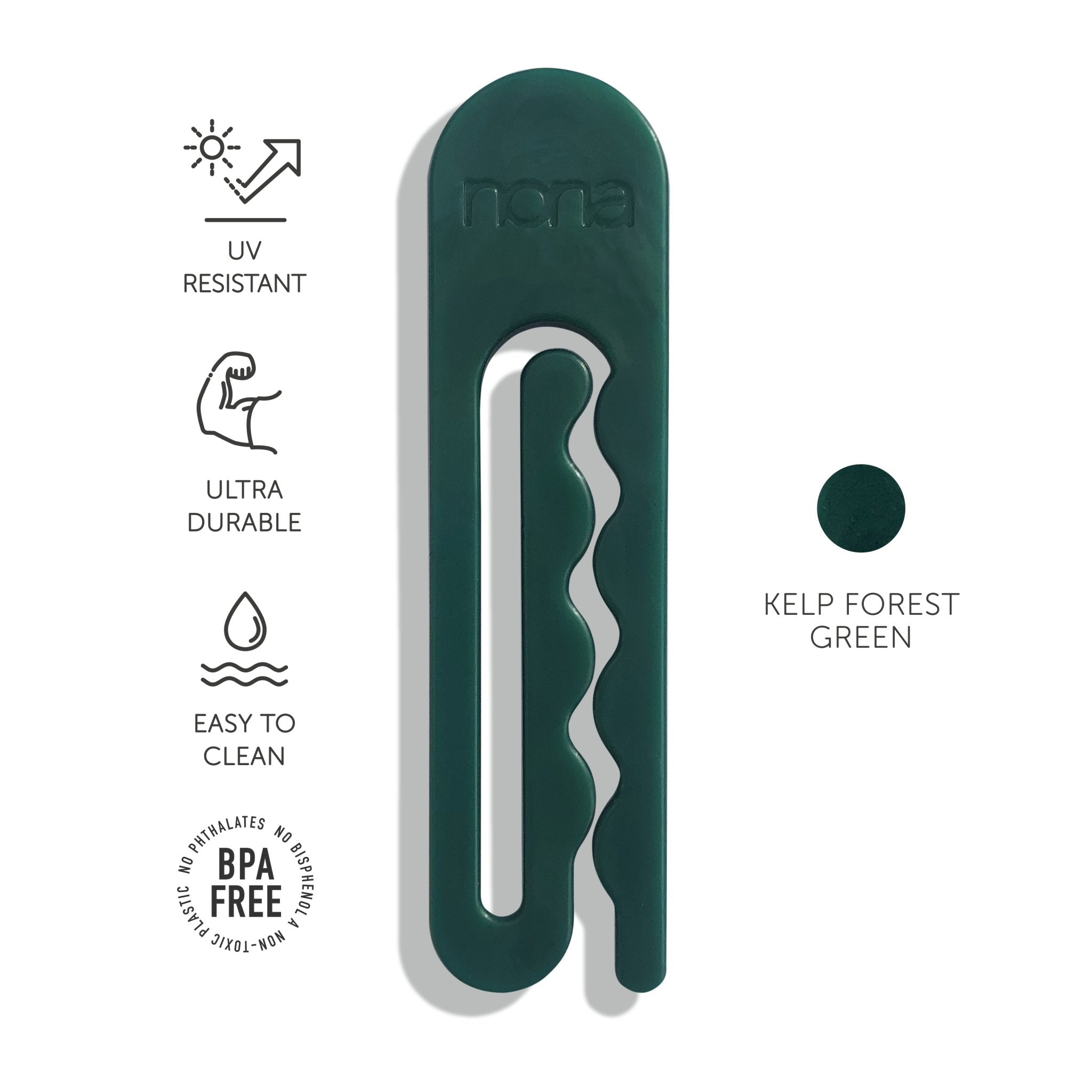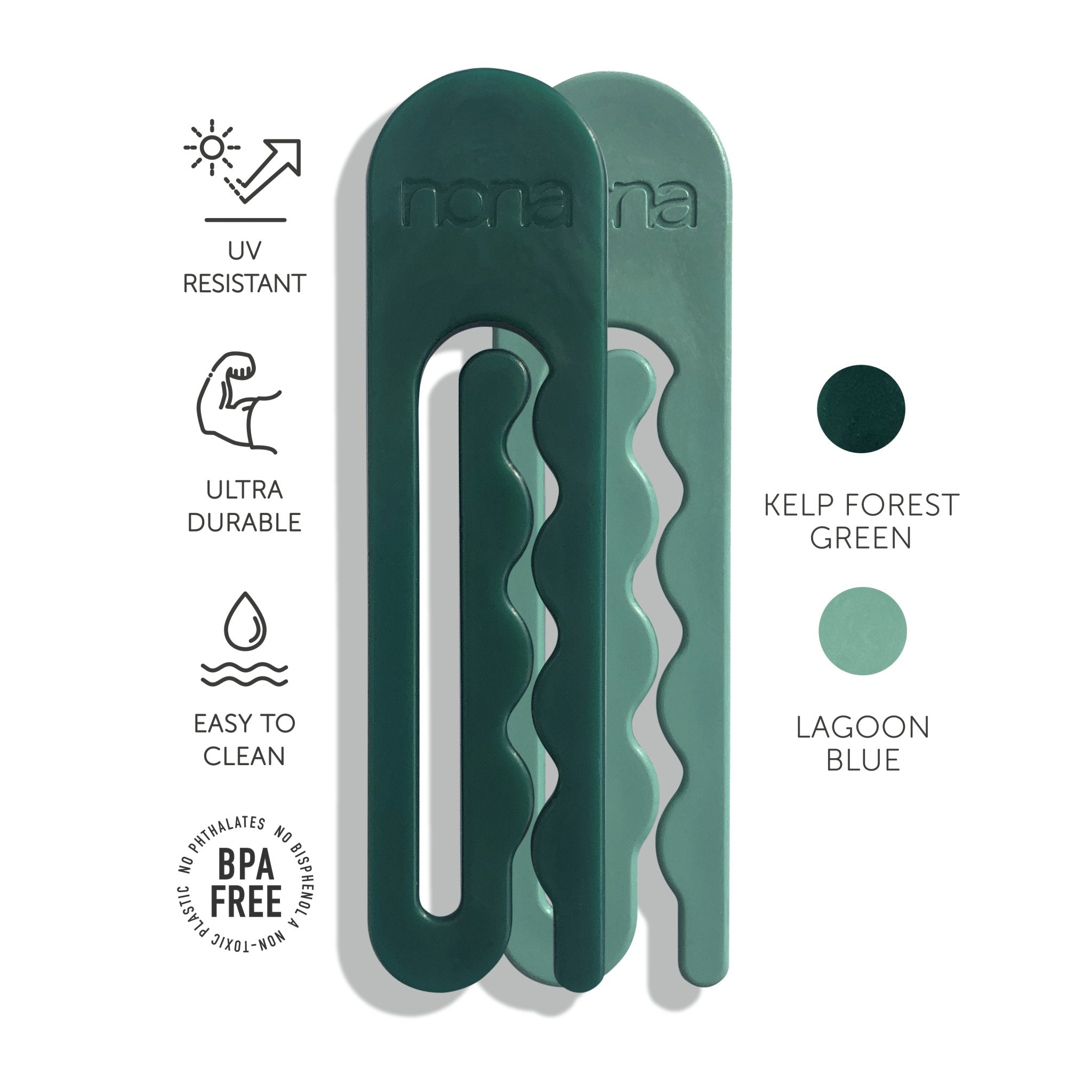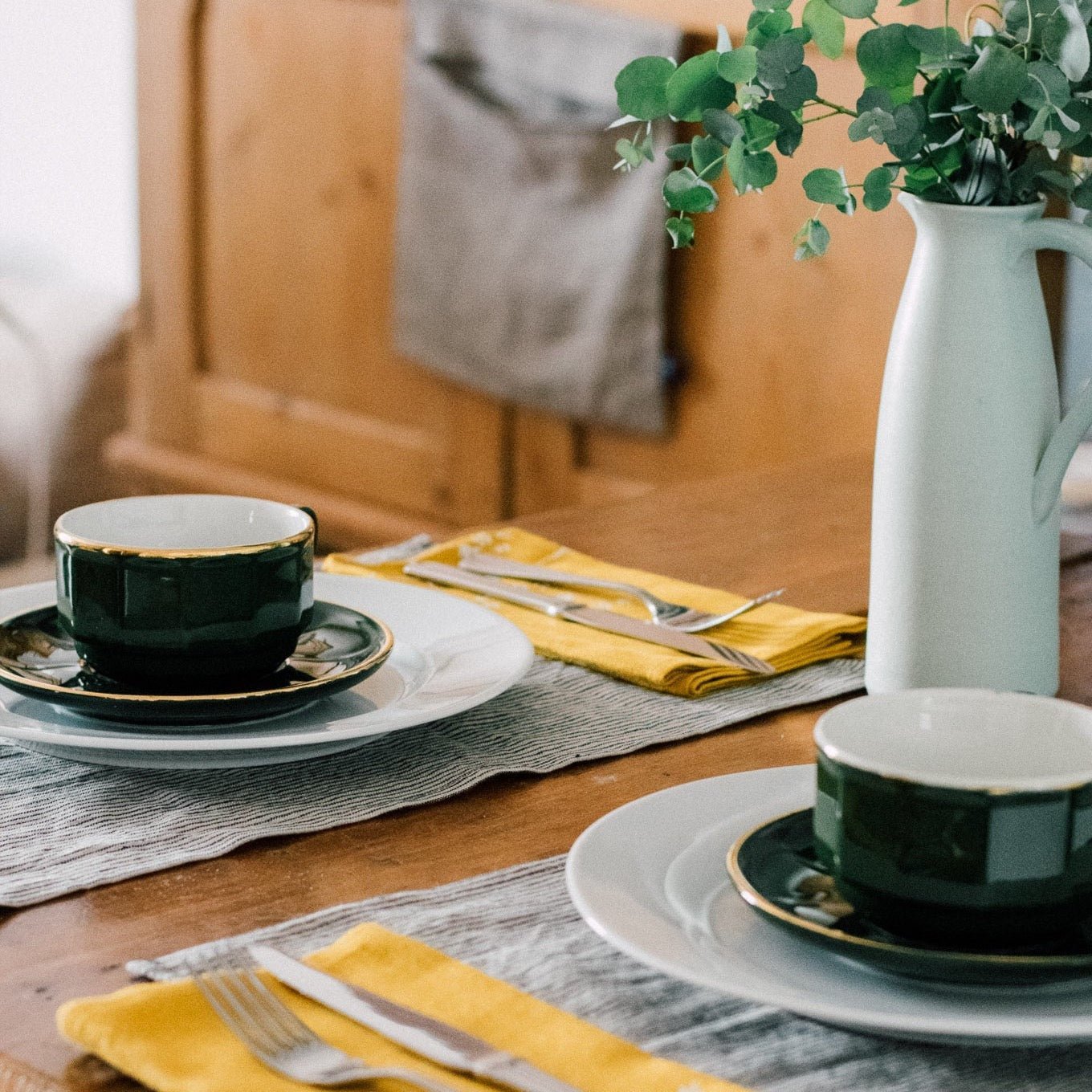Placemats
Durable placemats that look good and work hard. These are the quietly dependable kind – tough enough for daily mealtimes, smart enough for guests. They help protect your table from heat, spills and scratches, and pair neatly with our chip-resistant crockery, 18/10 cutlery and solid table linens. Simple, useful pieces made to last, not wear out.
Placemats FAQs
Which are the most durable placemats for daily family use?
The most durable placemats for daily family use are made from sturdy materials like cork-backed wood, thick silicone, or tightly woven fabric with a stain-resistant finish. All three are built to handle heat, spills and the chaos of family dinners. Wipe-clean or machine-washable designs are especially handy. Some even come with repairable elements or multi-year warranties - yes, really. Find out how we test for toughness on our Buy Me Once Research Process page.
How do you clean different types of placemat materials?
Cleaning placemats depends on the material. Silicone and cork-backed wood placemats wipe down quickly with a damp cloth. Cotton and linen versions may be machine-washable - just check the label. Delicate finishes might need spot-cleaning or a gentle hand wash (a bit of a faff, but worth it). Avoid soaking anything with wood or cork, or you risk warping. For more tips, visit our Product Care and Repair hub.
Can I use round placemats on a rectangular table?
Yes, you can use round placemats on a rectangular table. They’re a nice way to soften all those straight edges and can feel more relaxed than strict rectangles. Just double-check that they’re big enough for your dinnerware. On a long table with lots of place settings, rectangular placemats might fit more snugly side by side - but round ones can still work a treat.
What shape placemats work best for a round dining table?
Round placemats work best for a round dining table, as they match the shape and keep things looking balanced. Oval placemats or ones with soft curves can also look lovely if you’re after a more relaxed aesthetic. If you prefer rectangles, opt for narrower styles so they don’t hang over the edge like a badly cut fringe.
How should I store placemats to keep them in good condition?
To keep placemats in good condition, store them flat in a dry place - no folding, rolling or squashing under a pile of cookbooks. Materials like cork, wood and woven fibres are easily bent out of shape. A low drawer or tray works well. For more fragile placemats, pop a bit of tissue paper between each one to fend off scuffs.
Can you use placemats together with a tablecloth?
Yes, you can use placemats together with a tablecloth - it’s both practical and rather smart. The placemats protect the cloth, and the cloth softens sound and adds colour or texture underneath. Just make sure they contrast enough so it looks deliberate, not a mishmash. It’s a classic combo that can dial up the cosiness or formality as needed.
What are the best materials for elegant, practical placemats?
The best materials for elegant, practical placemats include linen, cork-backed wood, and silicone. Linen brings a soft, timeless charm and can usually go in the wash. Cork-backed or lacquered board options stand up nicely to heat and mess, while still looking polished. Silicone’s modern, non-slip, and wipes clean in seconds - less Downton Abbey, more no-nonsense supper. Browse our durable crockery and tableware collection for more inspiration.

